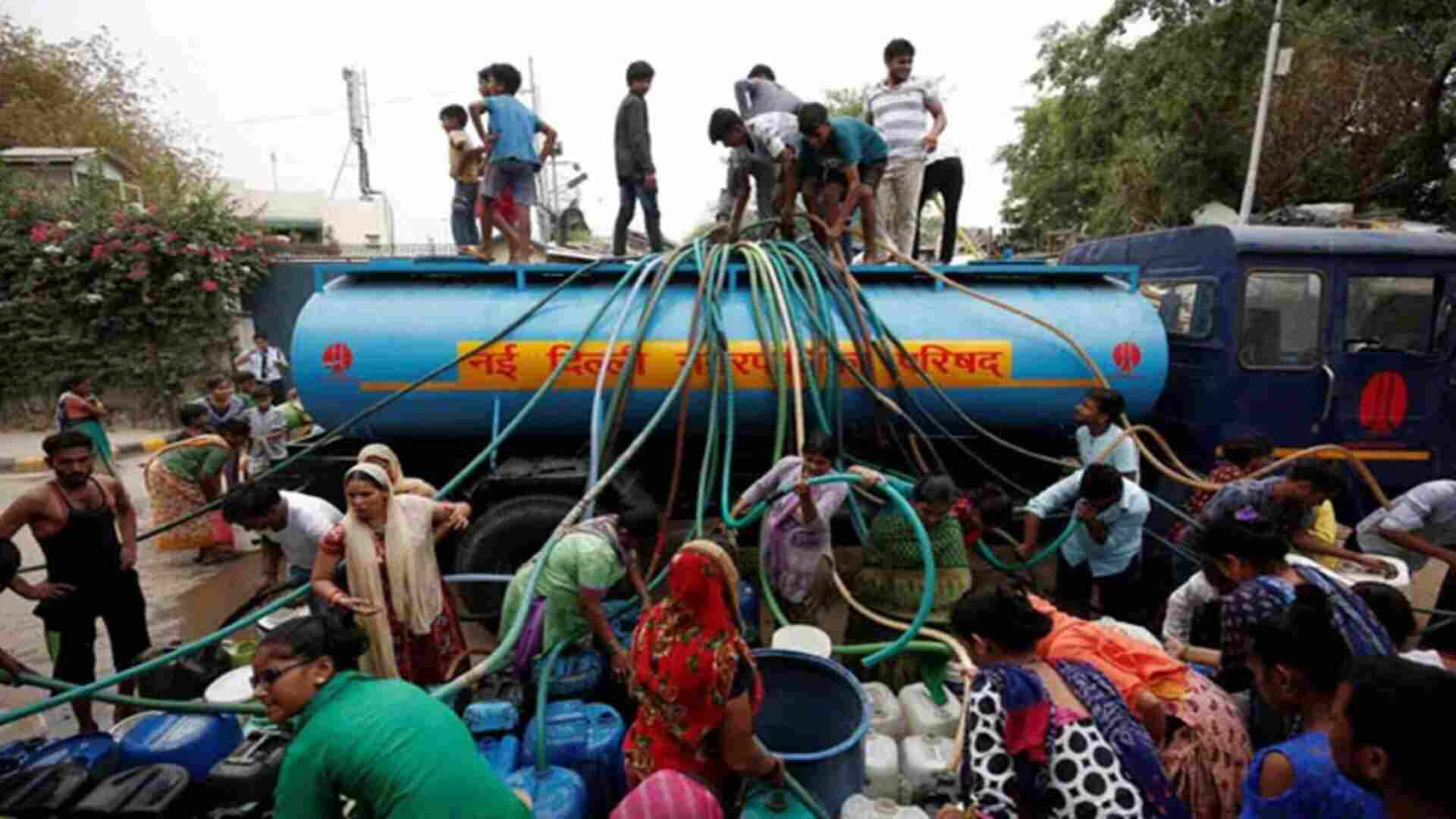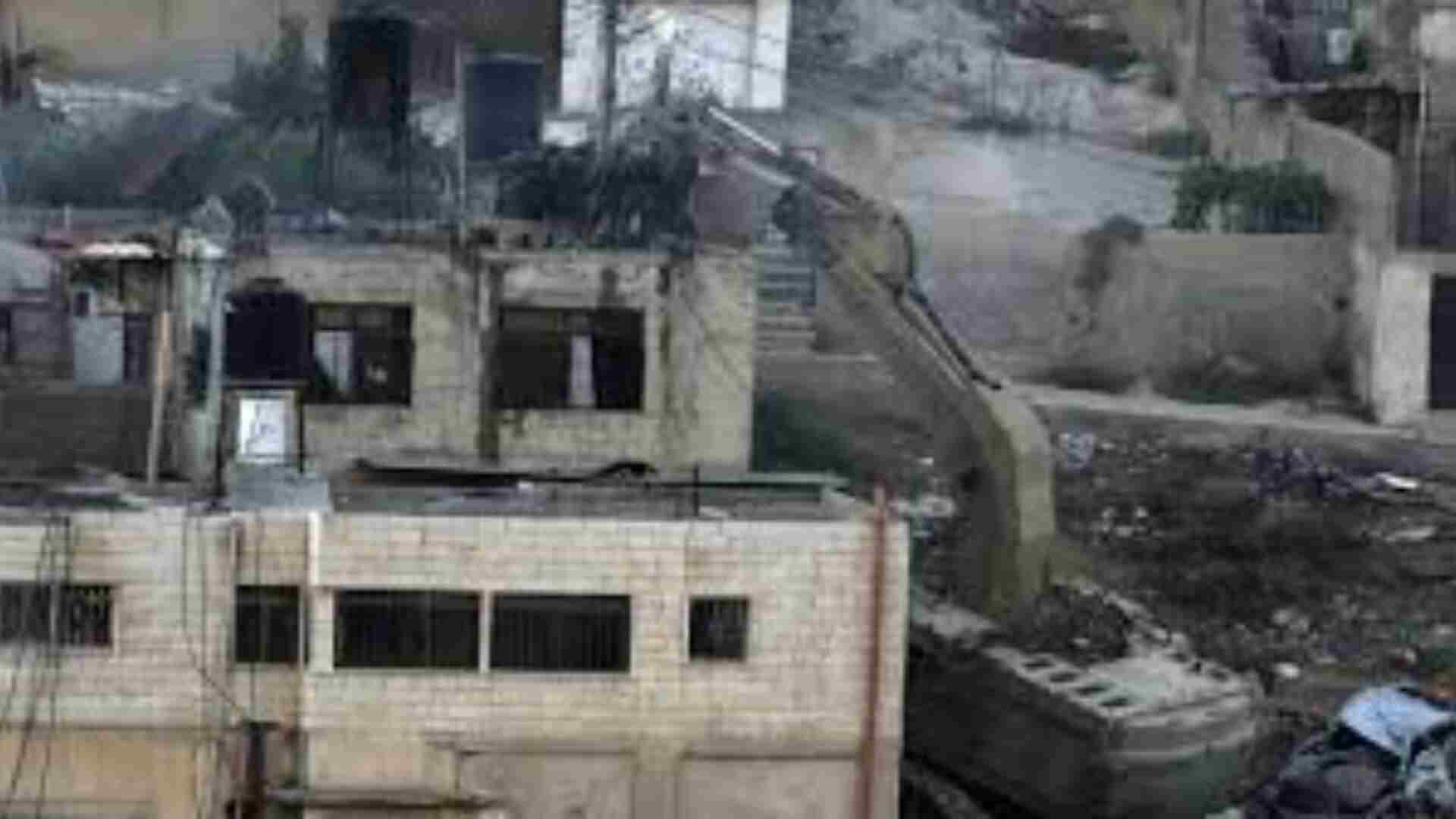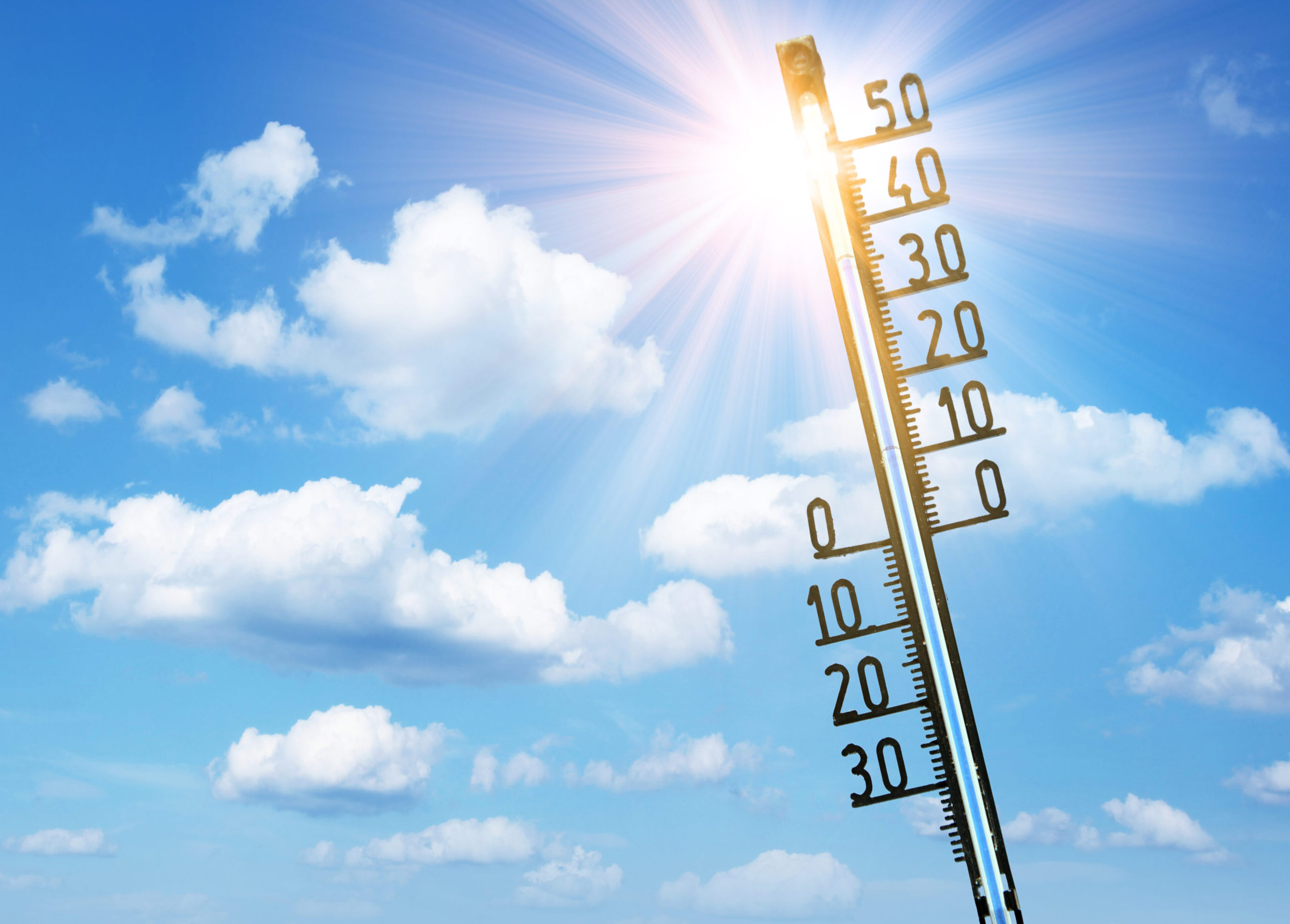
The New Delhi Municipal Council (NDMC) is grappling with a severe water supply disruption, attributing it to reduced raw water availability from the Delhi Jal Board (DJB). The situation has impacted several key areas in Lutyens Delhi, highlighting ongoing challenges in water management amidst operational constraints at water treatment plants.
NDMC Vice-Chairperson Satish Upadhyay addressed the media, revealing that the council received only 70-80 million litres per day (mld) from DJB, significantly below the normal supply range of 120-130 mld. This shortfall has led to reduced water pressure and occasional muddy water in affected areas such as Bengali Market, Tilak Marg, Gole Market, and several hospitals including RML Hospital and Lady Hardinge Hospital.
Despite the supply reduction, Upadhyay clarified that taps have not yet run dry. However, the operational issues at Delhi’s water treatment plants, particularly at Wazirabad and Haiderpur, have hampered production. The Wazirabad WTP, crucial for NDMC areas, is experiencing a 60% shortfall in supply, exacerbating the situation at critical reservoirs like those at Tilak Marg and Bengali Market.
To alleviate the situation, NDMC has deployed 10 tankers to provide water to affected areas, with additional surface water tanks installed in major JJ clusters. Meanwhile, the Delhi government has acknowledged the issue and sought increased water release from Haryana. However, the Haryana government has cited its inability to provide additional water resources at this time.
Challenges persist with the dysfunction of 18 flow meters in the New Delhi area, complicating accurate measurement of daily water supply and hindering effective management. With the situation expected to endure, residents and authorities brace for continued difficulties in water distribution and management across the capital.
The water supply disruption in New Delhi underscores critical water management issues exacerbated by low raw water availability and operational challenges at treatment plants. As stakeholders navigate these challenges, efforts to mitigate the impact on residents and institutions remain a priority amidst ongoing discussions for sustainable solutions.















